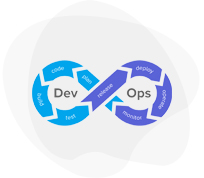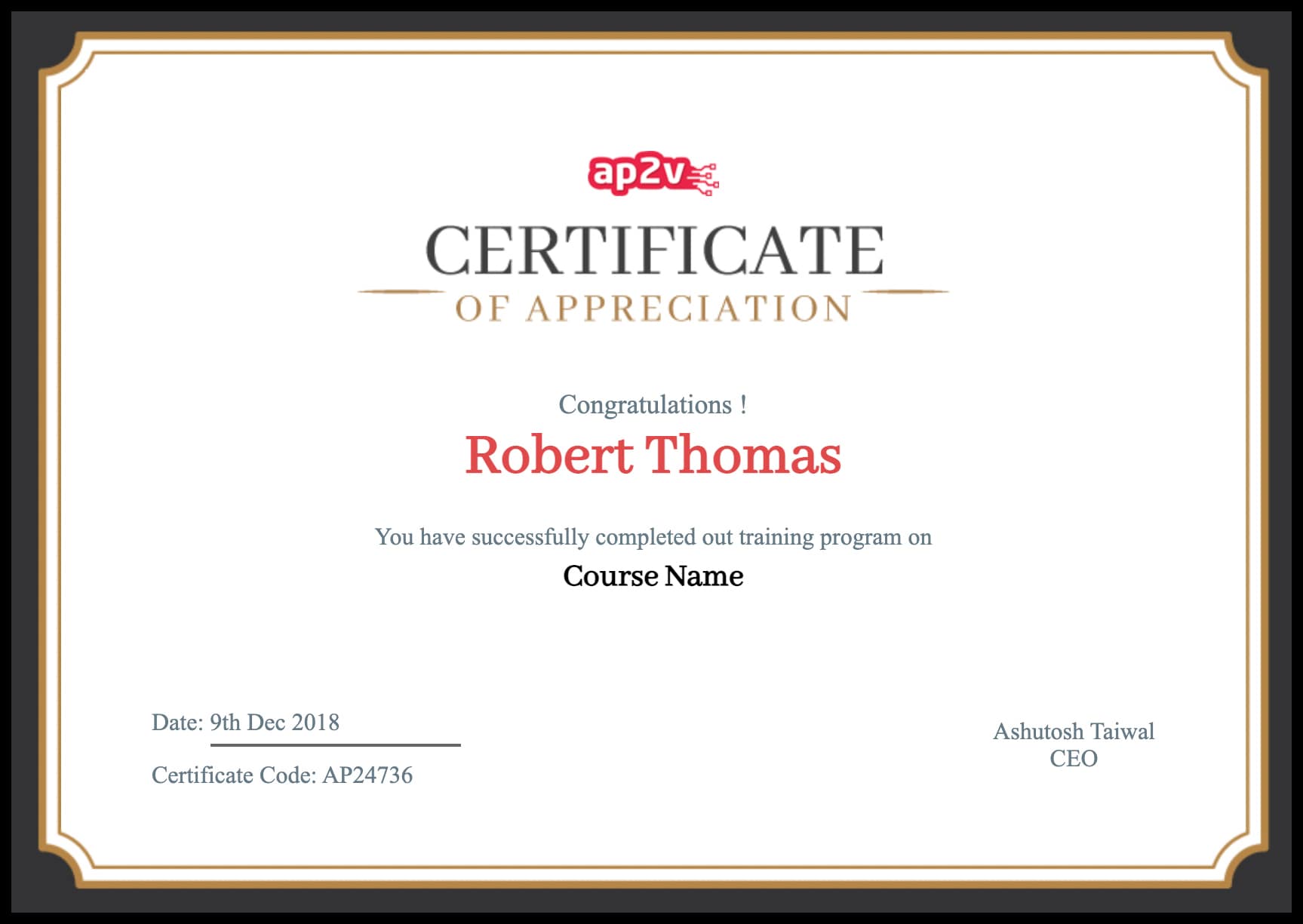Waterfall vs Agile vs DevOps: Fors and Againsts
Introduction:
There are three different methods of software development which are Waterfall, Agile and DevOps but why do we need all these methods? So, the answer is because they all provide different benefits according to the project because waterfall is suitable for projects that have a known timeline and scope, and are easier to plan and manage.Agile is suitable for projects that require flexible customer feedback and quick changes, and is easy to test and deploy. DevOps helps reduce the time it takes to deliver applications and services to market, and is suitable for quickly releasing updates and new features.
By using a mix of all three approaches, teams can create more efficient and effective software solutions. So let's dive into all three approaches and learn more about them, including the "fors and againsts" of Waterfall vs Agile vs DevOps.
Waterfall vs Agile vs DevOps: Meaning
Waterfall: Waterfall is a project management methodology that follows a linear approach to completing tasks. It is used for large projects to be completed with a systematic timeline. This methodology begins with requirements definition, followed by design, development, testing, and deployment in a systematic manner.
Agile: Agile is an iterative method to project management, which targets the step-by-step development and delivery of projects. It is more flexible than waterfall projects and allows teams to respond quickly to changes in customer needs. Agile prioritizes collaboration and communication between members.
DevOps: DevOps is a set of practices and tools that help teams to build, test, and deploy software rapidly with high quality. It focuses on collaboration between developers and operations teams to automate processes, reduce manual work, and optimize performance. DevOps also includes practices such as continuous integration, continuous delivery, and infrastructure as code.
WaterFall vs Agile vs DevOps: “Fors and Againsts”
WaterFall:
Fors
- Easy to Maintain: Waterfall projects are almost easy to manage because of their rigid structure and timeline.
- Applicability: Waterfall projects are applicable for those projects in which the requirements are very well understood and documented.
- Projects are easy to define: Waterfall projects are suitable for projects in which the desired results are clear, defined and easily measurable.
- Efficiency: Waterfall projects can be completed in a shorter time frame than other software development methodologies.
- Defect Detection: The final product is more easily tested as each step is completed and it becomes easier to identify defects quickly.
Againsts
- Significant Amount of Advance Planning and Documentation: Waterfall projects require a significant amount of advance planning and documentation before development can begin.
- Difficult to adapt: The rigid structure of waterfall projects makes them difficult to adapt as requirements change or evolve during the course of the project.
- Not good for unproven projects: Waterfall projects are not suitable for projects in which the requirements are not clearly understood or documented.
- Require personnel and capital investment: Waterfall projects require significant resources such as personnel and capital investment, which can be difficult to obtain.
- Time consuming: Waterfall projects can be time consuming and costly due to their rigid structure and timeline.
Agile:
Fors
- Increased Efficiency: Agile processes help teams to perform quick iterative tasks and receive feedback from holders more quickly than traditional methods. This leads to faster development and more efficient use of resources.
- Better Teamwork:Agile processes target collaboration between members, which can lead to better communication and collaboration among members.
- Customer Satisfaction: Agile processes are customer-centered and often receive feedback from users at the time of software development. This can result in high levels of customer satisfaction as projects are developed to meet customer needs.
- Flexibility: Agile processes have been developed to be flexible and adaptable to changing customer needs or other unforeseen events. This allows teams to adapt quickly and keep up with changes in the industry.
- Improve Quality: Agile helps improve quality as teams are able to target the most important tasks and get them done quickly.
Againsts
- More Complex Processes: Agile processes can be more complex than traditional processes because teams must continually adjust their plans and schedules as customer needs change.
- Risk of failure: Agile processes often involve multiple teams working on different parts of the same project. If one team fails, the entire project can be affected.
- Difficulty to manage: Agile can be difficult to manage because teams need to be closely monitored to ensure tasks are completed on time.
- Difficult to measure: Agility can be difficult to measure because it relies heavily on subjective metrics such as user feedback.
- Given the right resources and support: Maintaining agile can be difficult because teams need to be given the right resources and support to be successful.
DevOps:
Fors
- Increased Efficiency: DevOps helps in streamlining the development process, thereby increasing efficiency. By taking advantage of automation, developers can deploy their applications faster and more reliably.
- Better Collaboration: DevOps enables better collaboration between teams, which encourages innovation and encourages teams to work together to solve problems.
- Enhanced Scalability: DevOps enables organizations to develop and deploy applications faster, thus enabling them to scale their businesses quickly and efficiently.
- Improved Customer Satisfaction: DevOps helps in improving customer satisfaction by providing more reliable and consistent user experience.
- Faster Delivery: By automating processes, teams can release new features and updates much faster than with traditional methods.
Againsts
- Lack of visibility: DevOps can be difficult to monitor, making it difficult to see where problems are occurring. This can lead to a lack of visibility into the development process.
- Expensive: DevOps can be costly to implement, as it requires the acquisition of new equipment and resources.
- Complexity: DevOps can be complex to set up and maintain, as it requires a significant amount of coordination between different teams.
- Security Risks: DevOps can present security risks, as it makes it difficult to ensure that the application is properly secured before deployment.
- Poor Documentation: DevOps is often poorly documented and can be difficult to understand.
Conclusion:
The decision of the software development methodology should depend on the needs of the project and the availability of resources. Waterfall is the best solution for projects where there is a clear understanding of the scope, timeline and budget, and the process is well defined. Agile is a better decision for projects where collaboration and flexibility are needed, and needs are likely to change over time. DevOps is the best solution for projects where continuous delivery and continuous improvement are required. Waterfall vs Agile vs DevOps has its own fors and againsts, so the decision of best should be based on your project needs and available resources.







